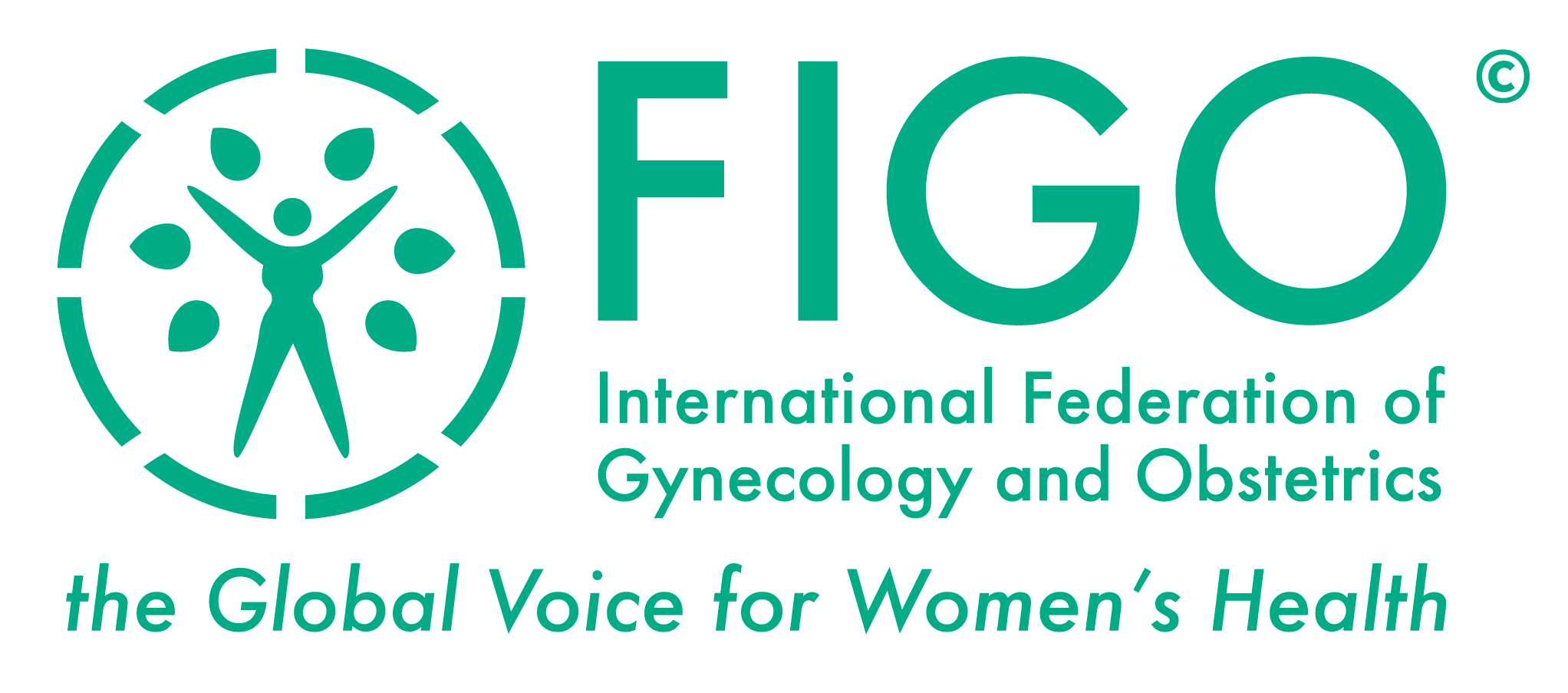Bhattacharya S, Harrild K, Mollison J, Wordsworth S, Tay CCK, Harrold A, McQueen D, Lyall H, Johnston L, Burrage J, Grossett S, Walton H, Lynch J, Kini S, Raja A, Templeton A (2008).
Clomifene citrate or unstimulated intrauterine insemination compared with expectant management for unexplained infertility: pragmatic randomised controlled trial. BMJ 337:716-2.
OBJECTIVE:
To compare the effectiveness of clomifene citrate and unstimulated intrauterine insemination with expectant management for the treatment of unexplained infertility.
DESIGN:
Three arm parallel group, pragmatic randomised controlled trial.
SETTING:
Four teaching hospitals and a district general hospital in Scotland.
PARTICIPANTS:
Couples with infertility for over two years, confirmed ovulation, patent fallopian tubes, and motile sperm.
INTERVENTION:
Expectant management, oral clomifene citrate, and unstimulated intrauterine insemination.
MAIN OUTCOME MEASURES:
The primary outcome was live birth. Secondary outcome measures included clinical pregnancy, multiple pregnancy, miscarriage, and acceptability.
RESULTS:
580 women were randomised to expectant management (n=193), oral clomifene citrate (n=194), or unstimulated intrauterine insemination(n=193) for six months. The three randomised groups were comparable in terms of age, body mass index, duration of infertility, sperm concentration, and motility. Live birth rates were 32/193 (17%), 26/192 (14%), and 43/191 (23%), respectively. Compared with expectant management, the odds ratio for a live birth was 0.79 (95% confidence interval 0.45 to 1.38) after clomifene citrate and 1.46 (0.88 to 2.43) after unstimulated intrauterineinsemination. More women randomised to clomifene citrate (159/170, 94%) and unstimulated intrauterine insemination (155/162, 96%) found the process of treatment acceptable than those randomised to expectant management (123/153, 80%) (P=0.001 and P<0.001, respectively).
CONCLUSION:
In couples with unexplained infertility existing treatments such as empirical clomifene and unstimulated intrauterine insemination are unlikely to offer superior live birth rates compared with expectant management.
